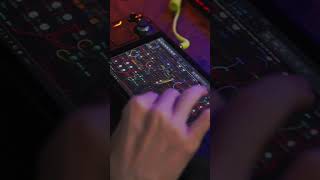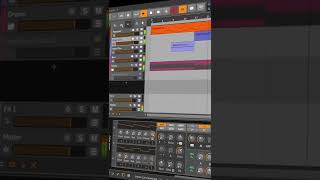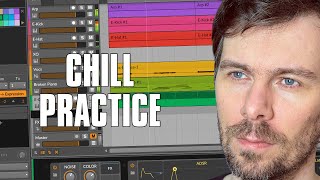
Sep 09, 2022 Tutorial
In this video, I showed how to create a track in Bitwig Studio. I started with the Poly-Grid and added a pitch module, oscillator, merger, reverse, and the trigger module. I then added a sample and hold, transpose, chorus, filter, and reverb. I then used dice modules and added a kick drum, hi hats, and an arpeggiator. I then added a vocal sample, reverb, and a recorder. Lastly, I added a cool force to the master and a limiter to finish the track.
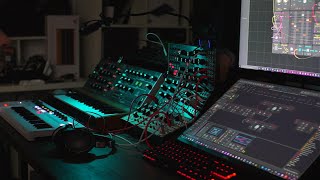
Sep 03, 2022 Music-Video
Spiced up my generative patch with some analogue gear. You can download the Bitwig Patch here: https://bit.ly/3B9zb5o - DAW ...
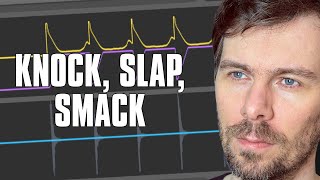
Sep 01, 2022 Tutorial
Recently I created a package of bass presets called Poly Bass and wanted to show the viewers how to create a similar sound using only Bitwig stock devices. I used the Transient Control device to modulate a Phase 1 oscillator and add clicks to the kick, snare and hi-hat. I also used the Ultra Fat preset to help balance the frequencies and make the drums louder. Finally, I showed how to use the Transient Control device to create a mid-range attack sound.

Aug 24, 2022 Music-Video
Started as a tutorial on my main channel ( https://youtu.be/ON2dc6_PA84 ) but added some bits off video and made it a whole ...

Aug 23, 2022 Tutorial
In this video, I demonstrate a simple trick to create a modal chord progression in Bitwig Studio. By stacking major chords and using a multi-note, I'm able to create a jazzy, yet smooth chord progression that is not in a set scale. I then use a note wrap preset to create an auto-inversion effect, and use a pitch quantizer to ensure that the notes fit the chords. To add to the jazzy feel of the track, I use a polysynth with a channel filter to create a bass line, and an arpeggiator with note repeat for a more interesting melody.

Aug 22, 2022 Music-Video
get Soulmates here: https://distrokid.com/hyperfollow/polarity4/soulmates #drumandbass #deep #liquid my main channel, tutorials ...
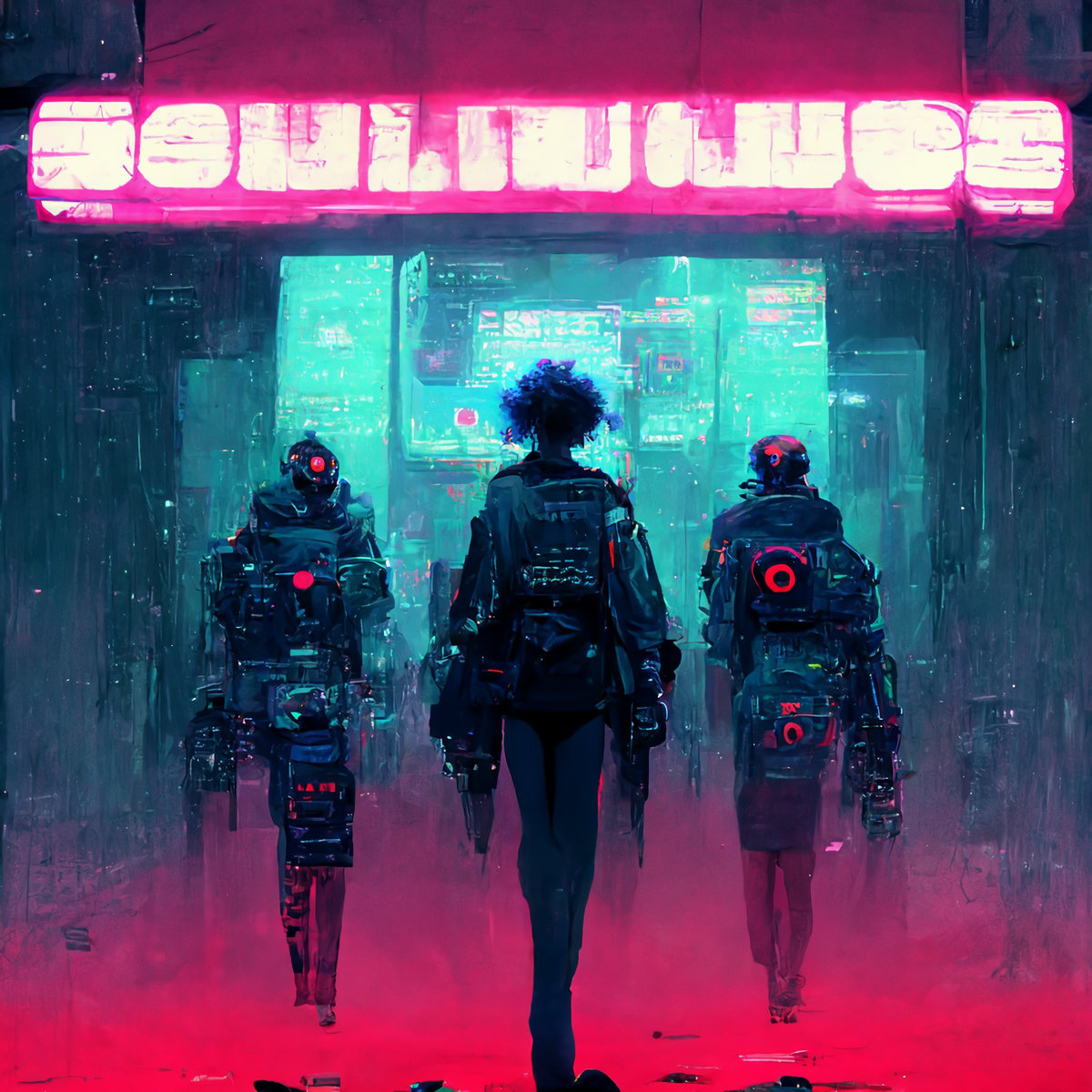
Aug 21, 2022 Release
Some deeper and more soulful drum and bass tunes. Lying around on my hard drive for some time, finally finished. Enjoy!
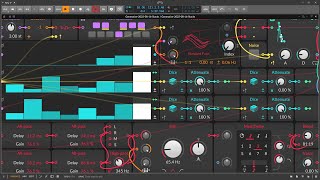
Aug 16, 2022 Music-Video
You can download the #Bitwig grid patch on my github for free: https://bit.ly/3A0CBFF think about a subscription on patreon to get ...


